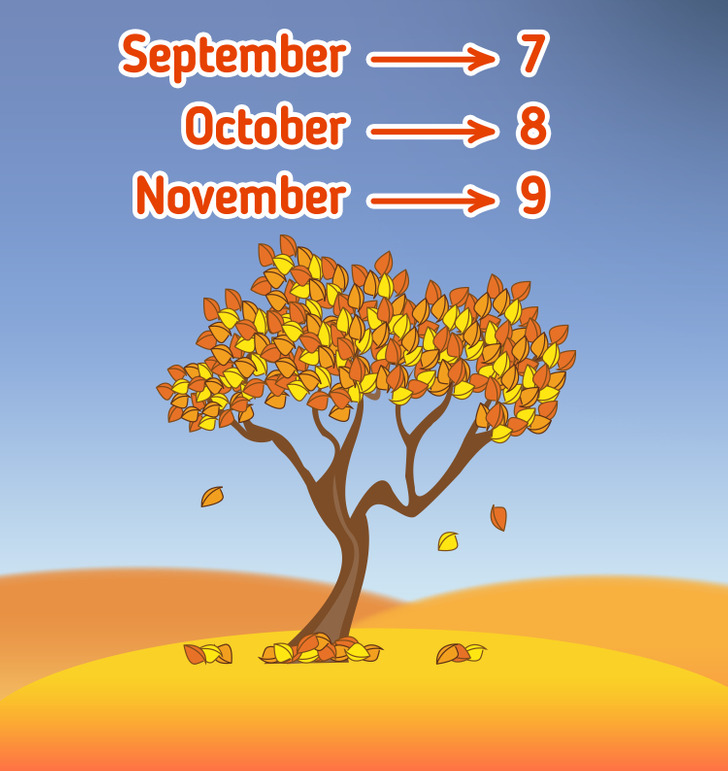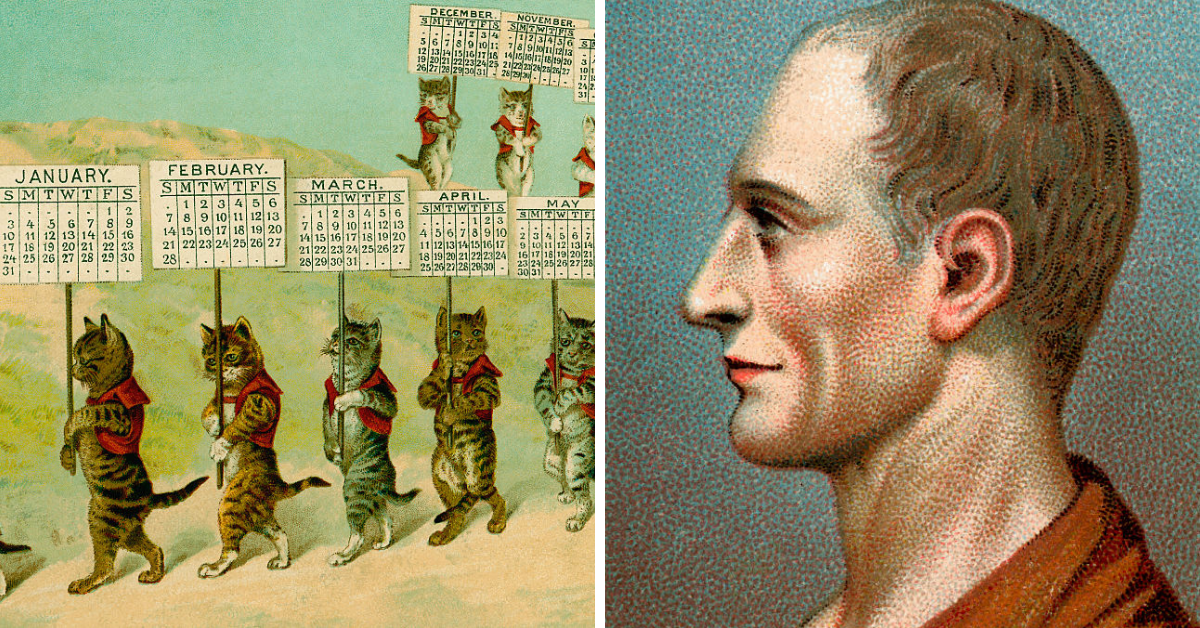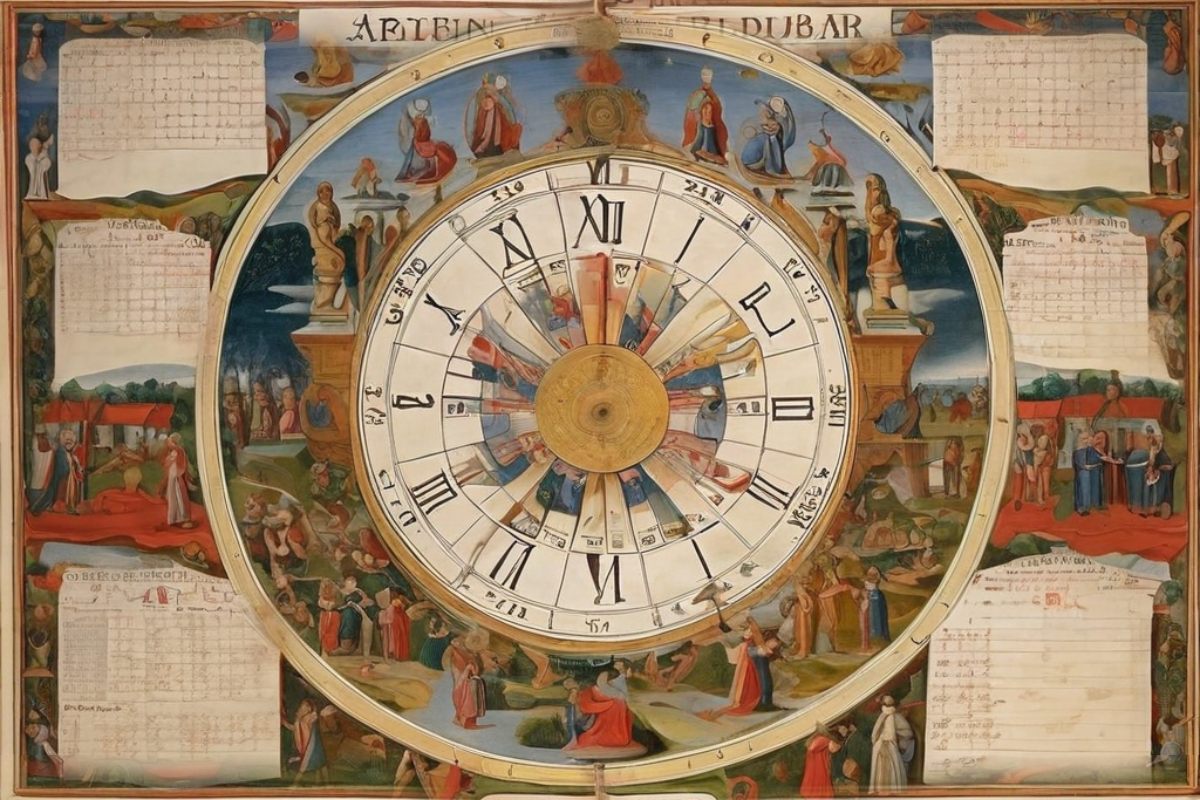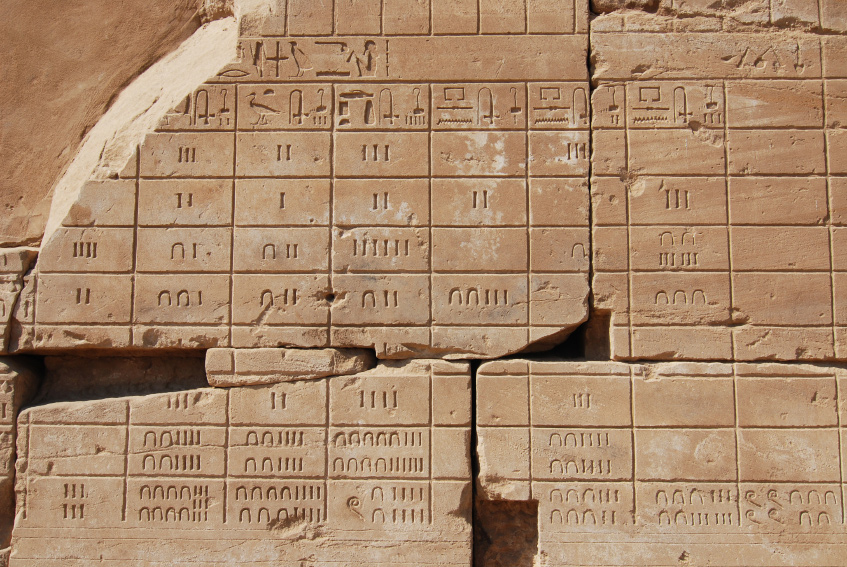Who Invented The 12 Month Calendar
Who Invented The 12 Month Calendar - Web by the time of the caesars, the year already had 12 months, and julius actually changed an incredibly broken and bureaucratic system. Web salaries, compensation and benefits made up around 38% of the nonprofit’s expenses last year, a total of $16 million, according to the filings. Web in 45 b.c., julius caesar ordered a calendar consisting of twelve months based on a solar year. Web the origin and history of the zoroastrian calendar year of 12 months of 30 days, plus five days (that is, 365 days), remain unknown. By the 1st century bc. Web learn how julius caesar's astronomers added january and february to the calendar and why there are 12 months in a year. The only difference is that the gregorian reform omitted a leap day in three centurial years every 400 years and left the leap day unchanged. Web the roman calendar introduced by julius caesar, and subsequently known as the julian calendar, gets far closer to the solar year than any predecessor. Web the purpose of the calendar is to reckon past or future time, to show how many days until a certain event takes place—the harvest or a religious festival—or how. Web caesar, advised by the alexandrian astronomer sosigenes, introduced the egyptian solar calendar, taking the length of the solar year as 365 1 / 4 days.
Web a calendar is a system of organizing days. Web the story of the roman calendar begins with the founding of rome, taking us through a series of reforms and adaptations that have left their mark on our current calendar. Web the solar calendar of ancient rome gives rise to our modern western calendar. Web in 45 b.c., julius caesar ordered a calendar consisting of twelve months based on a solar year. Web learn how julius caesar's astronomers added january and february to the calendar and why there are 12 months in a year. Discover the origins, features and uses of different. It became official under the. Web the roman calendar introduced by julius caesar, and subsequently known as the julian calendar, gets far closer to the solar year than any predecessor. This is done by giving names to periods of time, typically days, weeks, months and years. The julian calendar, named after julius caesar’s reforms of 46/45 bce,.
Web the purpose of the calendar is to reckon past or future time, to show how many days until a certain event takes place—the harvest or a religious festival—or how. By the 1st century bc. Web a calendar is a system of organizing days. The only difference is that the gregorian reform omitted a leap day in three centurial years every 400 years and left the leap day unchanged. [1][2][3] a date is the designation of a single. Web learn how julius caesar's astronomers added january and february to the calendar and why there are 12 months in a year. This is done by giving names to periods of time, typically days, weeks, months and years. Explore the origins and meanings of other units of. The julian calendar, named after julius caesar’s reforms of 46/45 bce,. Web the roman calendar introduced by julius caesar, and subsequently known as the julian calendar, gets far closer to the solar year than any predecessor.
How the Names of Months Appeared, and Who Invented the Calendar / 5
Web today, we follow the gregorian calendar, but it’s based on the ancient roman calendar, believed to be invented by romulus, who served as the first king of rome around 753. Web the story of the roman calendar begins with the founding of rome, taking us through a series of reforms and adaptations that have left their mark on our.
Julius Caesar Invented a Calendar That Was Used For Over 1600 Years
The only difference is that the gregorian reform omitted a leap day in three centurial years every 400 years and left the leap day unchanged. The months and length of months in the gregorian calendar are the same as for the julian calendar. Web the purpose of the calendar is to reckon past or future time, to show how many.
Who Invented Calendar Months Jania Lisetta
Web salaries, compensation and benefits made up around 38% of the nonprofit’s expenses last year, a total of $16 million, according to the filings. The year was divided into. Web the roman calendar introduced by julius caesar, and subsequently known as the julian calendar, gets far closer to the solar year than any predecessor. Explore the origins and meanings of.
Calendar Invented By Whom Dasie Thomasine
The months and length of months in the gregorian calendar are the same as for the julian calendar. Discover the origins, features and uses of different. It became official under the. The julian calendar, named after julius caesar’s reforms of 46/45 bce,. Web the solar calendar of ancient rome gives rise to our modern western calendar.
How Was The Calendar Invented? YouTube
Web in 45 b.c., julius caesar ordered a calendar consisting of twelve months based on a solar year. Web the origin and history of the zoroastrian calendar year of 12 months of 30 days, plus five days (that is, 365 days), remain unknown. Web caesar, advised by the alexandrian astronomer sosigenes, introduced the egyptian solar calendar, taking the length of.
The Evolution of the 12 Month Calendar * American Worker Flyer
By the 1st century bc. Web caesar, advised by the alexandrian astronomer sosigenes, introduced the egyptian solar calendar, taking the length of the solar year as 365 1 / 4 days. Web a calendar is a system of organizing days. Web the solar calendar of ancient rome gives rise to our modern western calendar. Web salaries, compensation and benefits made.
The History Of The Calendar by Ben Lidoski
Web today, we follow the gregorian calendar, but it’s based on the ancient roman calendar, believed to be invented by romulus, who served as the first king of rome around 753. Web a calendar is a system of organizing days. The julian calendar, named after julius caesar’s reforms of 46/45 bce,. Web the purpose of the calendar is to reckon.
Who invented the 12 month calendar? YouTube
Web salaries, compensation and benefits made up around 38% of the nonprofit’s expenses last year, a total of $16 million, according to the filings. The julian calendar, named after julius caesar’s reforms of 46/45 bce,. Web the origin and history of the zoroastrian calendar year of 12 months of 30 days, plus five days (that is, 365 days), remain unknown..
When Was The Calender Invented Customize and Print
The year in both calendars consists of 365 days, with a leap day being added to february in the leap years. Web in 45 b.c., julius caesar ordered a calendar consisting of twelve months based on a solar year. It became official under the. Web before 2000 bce, the babylonians (in today's iraq) used a year of 12 alternating 29.
History Of Calendar Customize and Print
Web caesar, advised by the alexandrian astronomer sosigenes, introduced the egyptian solar calendar, taking the length of the solar year as 365 1 / 4 days. The year was divided into. This is done by giving names to periods of time, typically days, weeks, months and years. Web a calendar is a system of organizing days. Explore the origins and.
Web A Calendar Is A System Of Organizing Days.
Web salaries, compensation and benefits made up around 38% of the nonprofit’s expenses last year, a total of $16 million, according to the filings. [1][2][3] a date is the designation of a single. Web caesar, advised by the alexandrian astronomer sosigenes, introduced the egyptian solar calendar, taking the length of the solar year as 365 1 / 4 days. The year in both calendars consists of 365 days, with a leap day being added to february in the leap years.
Discover The Origins, Features And Uses Of Different.
Web the story of the roman calendar begins with the founding of rome, taking us through a series of reforms and adaptations that have left their mark on our current calendar. Web the purpose of the calendar is to reckon past or future time, to show how many days until a certain event takes place—the harvest or a religious festival—or how. By the 1st century bc. The only difference is that the gregorian reform omitted a leap day in three centurial years every 400 years and left the leap day unchanged.
The Months And Length Of Months In The Gregorian Calendar Are The Same As For The Julian Calendar.
Web the origin and history of the zoroastrian calendar year of 12 months of 30 days, plus five days (that is, 365 days), remain unknown. Web the solar calendar of ancient rome gives rise to our modern western calendar. Web the roman calendar introduced by julius caesar, and subsequently known as the julian calendar, gets far closer to the solar year than any predecessor. Explore the origins and meanings of other units of.
Web Learn How Julius Caesar's Astronomers Added January And February To The Calendar And Why There Are 12 Months In A Year.
Web before 2000 bce, the babylonians (in today's iraq) used a year of 12 alternating 29 day and 30 day lunar months, giving a 354 day year. This is done by giving names to periods of time, typically days, weeks, months and years. This calendar employed a cycle of three years of 365 days,. The julian calendar, named after julius caesar’s reforms of 46/45 bce,.








